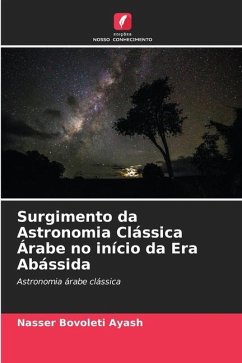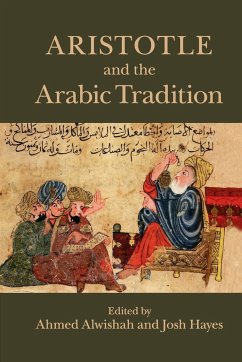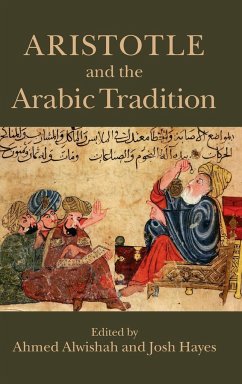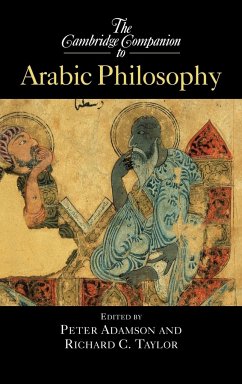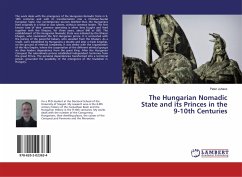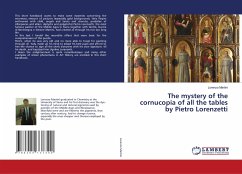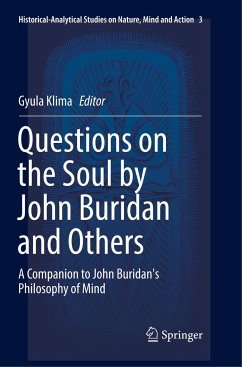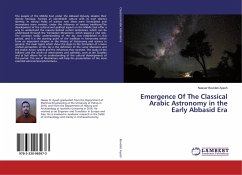
Emergence Of The Classical Arabic Astronomy in the Early Abbasid Era
Versandkostenfrei!
Versandfertig in 6-10 Tagen
22,99 €
inkl. MwSt.

PAYBACK Punkte
11 °P sammeln!
The people of the Middle East under the Abbasid dynasty, despite their diverse heritage, formed an identifiable culture with its own distinct identity. In various fields of science new ideas were formulated and innovations were created, under the influence of various traditions.The development of the cultural and political aspects in the Middle East offer a way to understand the reasons behind certain tendencies, which can be understood through the Translation Movement, which played a vital role. The common today understanding of the sky was established in this period, and it is the starting p...
The people of the Middle East under the Abbasid dynasty, despite their diverse heritage, formed an identifiable culture with its own distinct identity. In various fields of science new ideas were formulated and innovations were created, under the influence of various traditions.The development of the cultural and political aspects in the Middle East offer a way to understand the reasons behind certain tendencies, which can be understood through the Translation Movement, which played a vital role. The common today understanding of the sky was established in this period, and it is the starting point of the tradition in Astronomy which form an important chapter in the History of Astronomy and science in general. The main topics which show the steps to the formation of a more unified perception of the sky is the definition of the Lunar Mansions and the Arabic Anwa' system and the influences they received. The study of the folklore and the works of astronomers and scientists, such as ibn Qutaiba and al Sufi allows for an understanding of the cultural developments of this period. The use of illustrations will help the presentation of the most essential astronomical phenomena.



